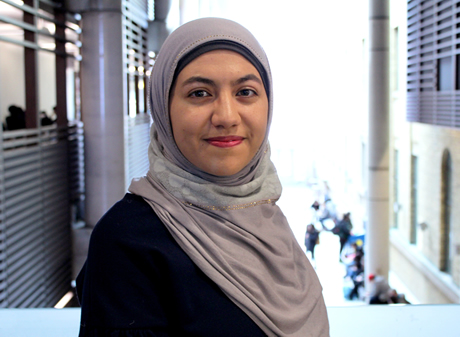
Program Coordinator | Professor | Game Programming
Faculty of Media and Creative Arts
Humber College, Canada
contact: dina.sabie@humber.ca
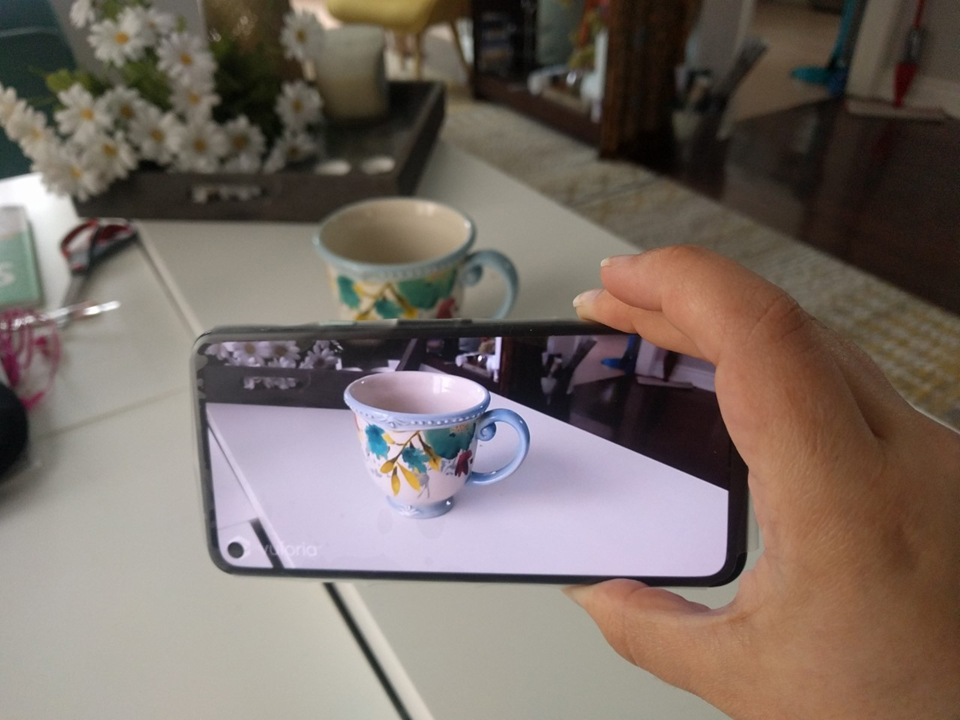
Cultural Negotiation and Identity through Augmented Reality (AR)
The project investigates how interactive algorithmic activities can mitigate the adversity of cultural differences between the migrants and the hosting community. Leveraging the affordances of mimicry and Augmented Reality (AR) as pleasant content purveyors, and based on literature about Performative Autoethnography, this research project allows migrants and non-migrants to generate AR-based ‘scripts’ about interacting with common objects. These scripts, when being performed by a person from the ‘other’ group, engage on behalf of their authors in contesting, proposing, prescribing desired behaviors, and eliciting audience reactions. This break in human-human confrontation will give both sides time, space, and autonomy to reduce the discomfort of such conversations and build empathy.
The project investigates how interactive algorithmic activities can mitigate the adversity of cultural differences between the migrants and the hosting community. Leveraging the affordances of mimicry and Augmented Reality (AR) as pleasant content purveyors, and based on literature about Performative Autoethnography, this research project allows migrants and non-migrants to generate AR-based ‘scripts’ about interacting with common objects. These scripts, when being performed by a person from the ‘other’ group, engage on behalf of their authors in contesting, proposing, prescribing desired behaviors, and eliciting audience reactions. This break in human-human confrontation will give both sides time, space, and autonomy to reduce the discomfort of such conversations and build empathy.

Empathy towards marginalized groups through Virtual Reality (VR)
The project utilizes VR storytelling to deliver an interactive story and stimulate emotions. The player is placed in the shoes of a person from a minority group (e.g., migrant, blind) and is asked to do simple tasks. When doing so, empathy towards a person in the 'other' group is elicited and a grasp of why a person is doing something a certain way emerge.
The project utilizes VR storytelling to deliver an interactive story and stimulate emotions. The player is placed in the shoes of a person from a minority group (e.g., migrant, blind) and is asked to do simple tasks. When doing so, empathy towards a person in the 'other' group is elicited and a grasp of why a person is doing something a certain way emerge.
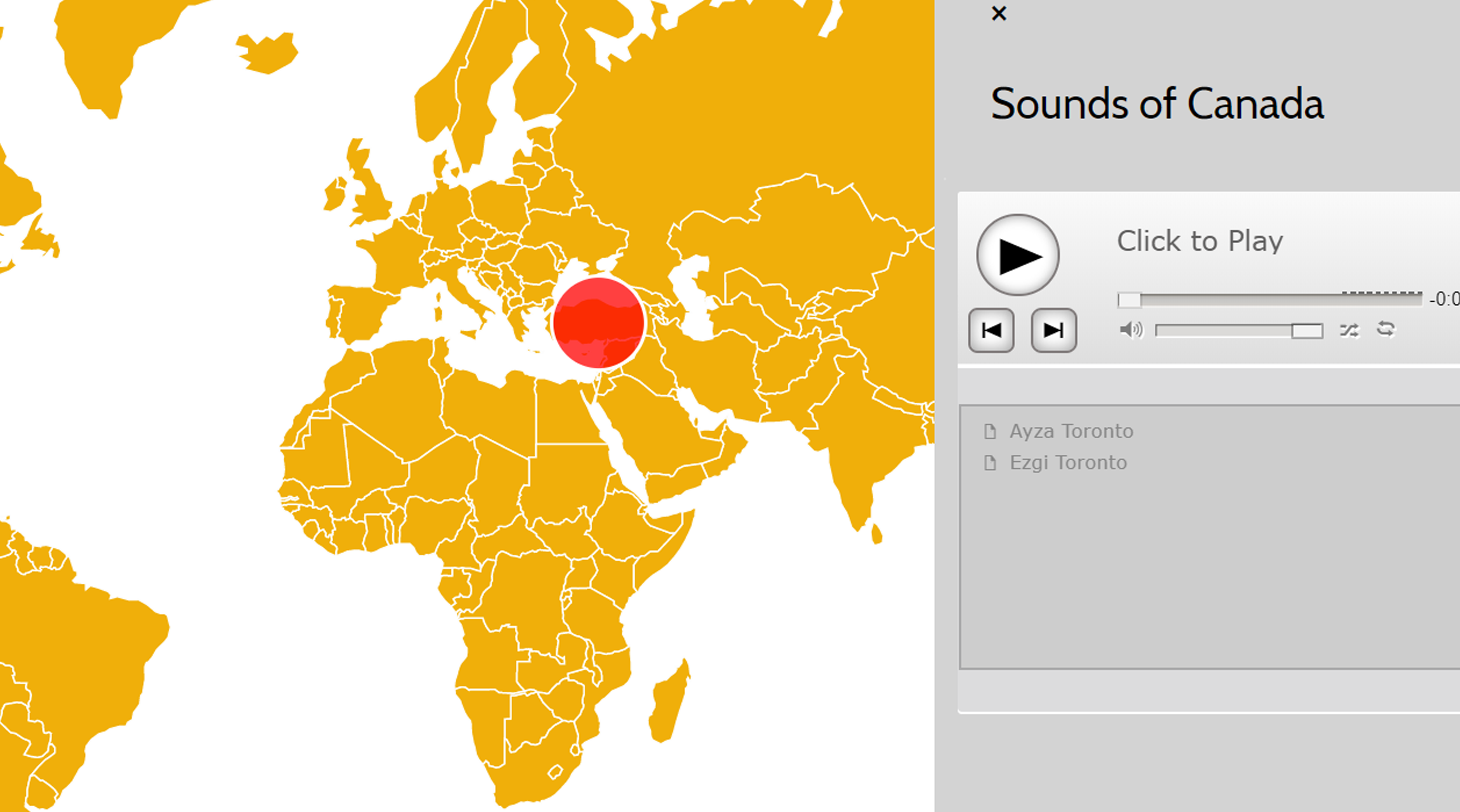
Sounds of Solidarity
The COVID-19 pandemic has affected the mental state of a countless number of people globally due to income loss, inability to visit friends, closures of support service infrastructures (e.g. community centers), and much more. Our initiative will be part of a motion to help people in distress in managing the affective aspect and wellbeing subsistence of being locked down in one space by implementing a webpage with an interactive world map where people around the globe share short audio recordings about positive and negative things that can be contributed directly to the COVID-19 closure. By doing so, 1) people who share their stories will get a form of resilience because they will be talking about things they may not be able to do currently, and 2) people who listen to the narratives of others can find solidarity and hope in being quarantined. Webpage: https://soundsofsolidarity.ca/
The COVID-19 pandemic has affected the mental state of a countless number of people globally due to income loss, inability to visit friends, closures of support service infrastructures (e.g. community centers), and much more. Our initiative will be part of a motion to help people in distress in managing the affective aspect and wellbeing subsistence of being locked down in one space by implementing a webpage with an interactive world map where people around the globe share short audio recordings about positive and negative things that can be contributed directly to the COVID-19 closure. By doing so, 1) people who share their stories will get a form of resilience because they will be talking about things they may not be able to do currently, and 2) people who listen to the narratives of others can find solidarity and hope in being quarantined. Webpage: https://soundsofsolidarity.ca/
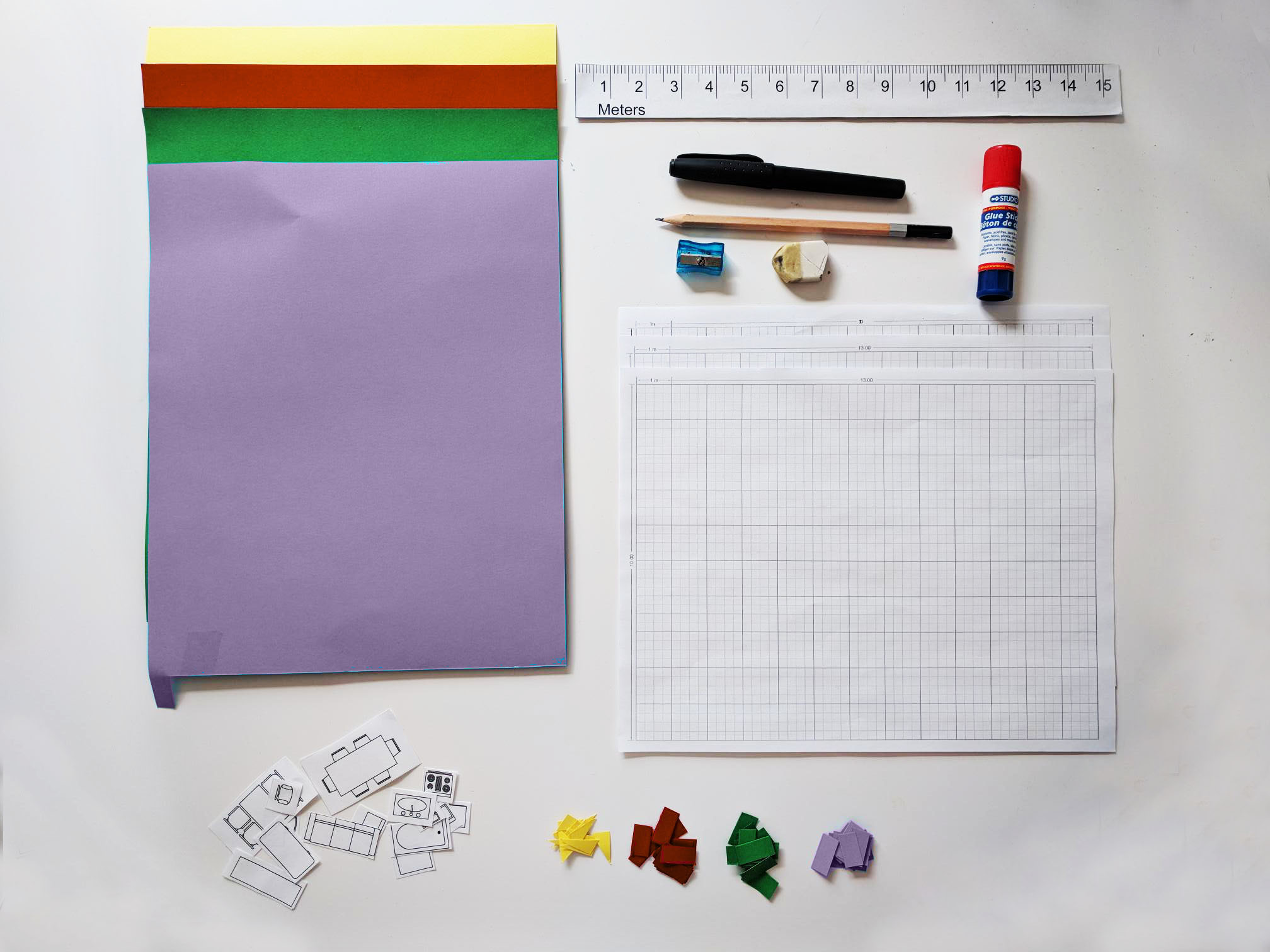
Our Home Sketcher: Toward Making House Co-Design Inclusive through a Paper-based Interface.
It is a low-cost paper interface that allows users to design their future homes by sketching and implicitly expressing space, light, and privacy preferences. This input is then manually digitized and fed into an algorithm that automatically produces 3D digital models of the sketched houses. Publication:
Dina Sabie, Samar Sabie, and Syed Ishtiaque Ahmed. 2020. Memory through Design: Supporting Cultural Identity for Immigrants through a Paper-Based Home Drafting Tool. In Proceedings of the 2020 CHI Conference on Human Factors in Computing Systems (CHI'20), Honolulu, United States. DOI: https://doi.org/10.1145/3313831.3376636 [Honourable Mention Award]
It is a low-cost paper interface that allows users to design their future homes by sketching and implicitly expressing space, light, and privacy preferences. This input is then manually digitized and fed into an algorithm that automatically produces 3D digital models of the sketched houses. Publication:
Dina Sabie, Samar Sabie, and Syed Ishtiaque Ahmed. 2020. Memory through Design: Supporting Cultural Identity for Immigrants through a Paper-Based Home Drafting Tool. In Proceedings of the 2020 CHI Conference on Human Factors in Computing Systems (CHI'20), Honolulu, United States. DOI: https://doi.org/10.1145/3313831.3376636 [Honourable Mention Award]
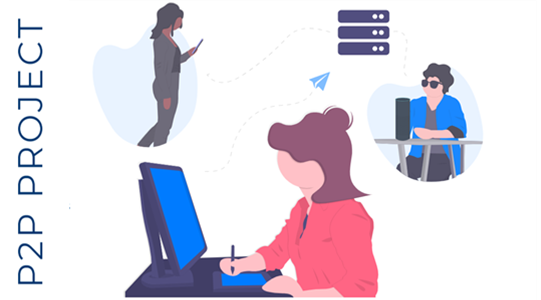
Peer-to-Peer learning to deliver community-driven English tutoring for newcomers in Canada.
The project aims to connect new immigrants to Canada with volunteer tutors for English language instruction
The project aims to connect new immigrants to Canada with volunteer tutors for English language instruction
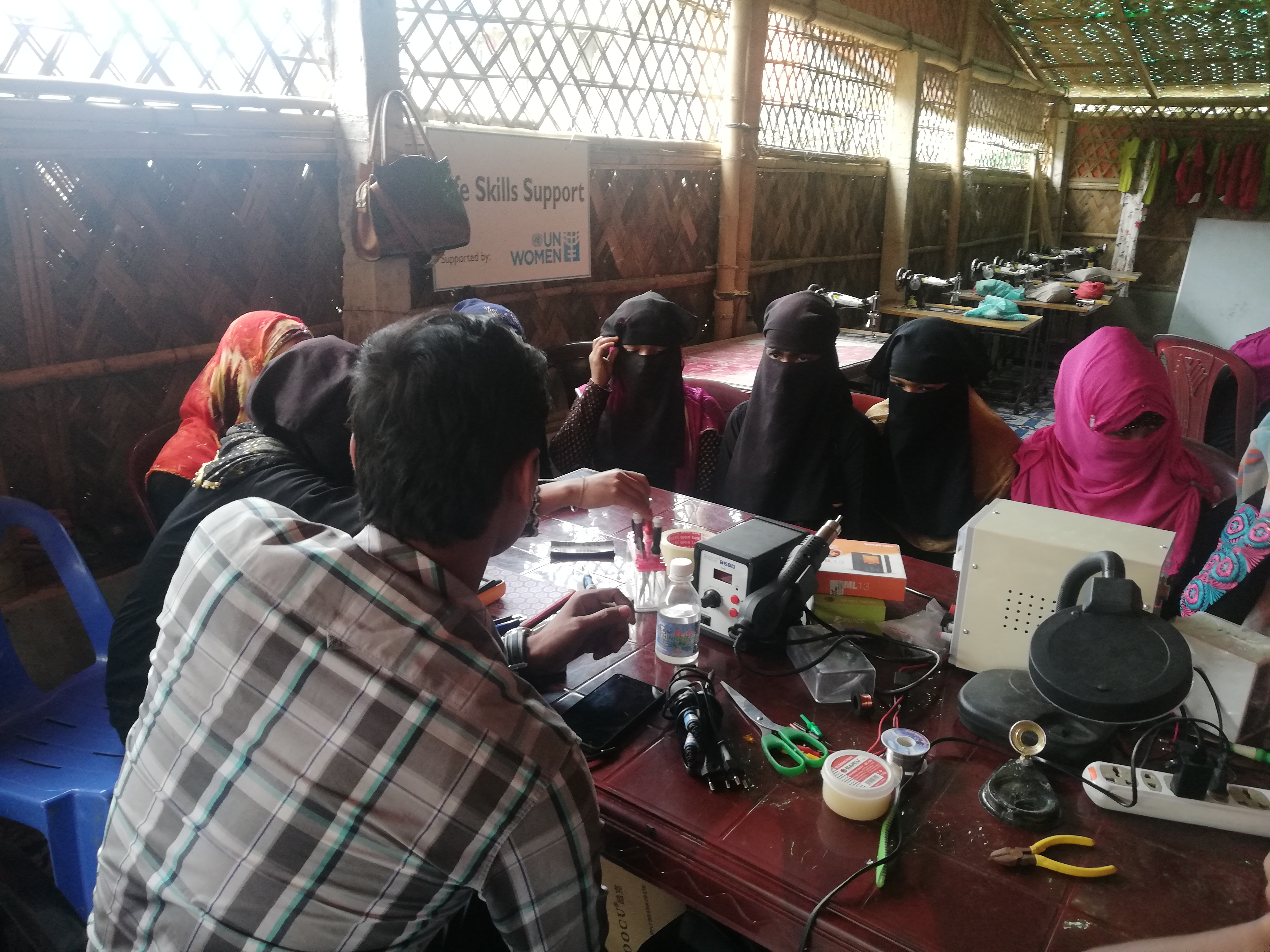
ICT usage and manufacturing hope among the Rohingya Refugees in Bangladesh.
The project aims to demonstrate how Rohingya refugees infrastructure their hope through ICTs. Publication:
Faheem Hussain, Abdullah Hasan Safir, Dina Sabie, Zulkarin Jahangir, and Syed Ishtiaque Ahmed. 2020. Infrastructuring Hope: Solidarity, Leadership, Negotiation,and ICT among the Rohingya Refugees in Bangladesh. In Proceedings of the 11th ACM International Conference on Information and Communication Technologies and Development (ICTD'20), Guayaquil, DOI: https://doi.org/10.1145/3392561.3394640
The project aims to demonstrate how Rohingya refugees infrastructure their hope through ICTs. Publication:
Faheem Hussain, Abdullah Hasan Safir, Dina Sabie, Zulkarin Jahangir, and Syed Ishtiaque Ahmed. 2020. Infrastructuring Hope: Solidarity, Leadership, Negotiation,and ICT among the Rohingya Refugees in Bangladesh. In Proceedings of the 11th ACM International Conference on Information and Communication Technologies and Development (ICTD'20), Guayaquil, DOI: https://doi.org/10.1145/3392561.3394640
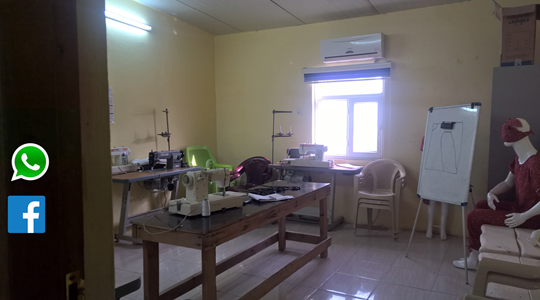
Understanding the Limits of the Internally Displaced People (IDPs) in Iraq.
The research aims to fill in the gap in terms of lack of data about internally displaced population and provide an insight into the everyday lives of conflict-driven IDPs and their ICTs usage based on original fieldwork and surveys at several IDP and refugee camps in northern Iraq. Publication:
Dina Sabie, Samar Sabie, Cansu E. Dedeoglu, Yasaman Rohanifar, Fatma Hashim, Steve Easterbrook, and Syed Ishtiaque Ahmed. 2019. Exile Within Borders: Understanding the Limits of the Internally Displaced People (IDPs) in Iraq. In Proceedings of the 2019 Workshop on Computing within Limits (LIMITS'19), Lappeenranta, Finland. DOI: https://doi.org/10.1145/3338103.3338104
The research aims to fill in the gap in terms of lack of data about internally displaced population and provide an insight into the everyday lives of conflict-driven IDPs and their ICTs usage based on original fieldwork and surveys at several IDP and refugee camps in northern Iraq. Publication:
Dina Sabie, Samar Sabie, Cansu E. Dedeoglu, Yasaman Rohanifar, Fatma Hashim, Steve Easterbrook, and Syed Ishtiaque Ahmed. 2019. Exile Within Borders: Understanding the Limits of the Internally Displaced People (IDPs) in Iraq. In Proceedings of the 2019 Workshop on Computing within Limits (LIMITS'19), Lappeenranta, Finland. DOI: https://doi.org/10.1145/3338103.3338104
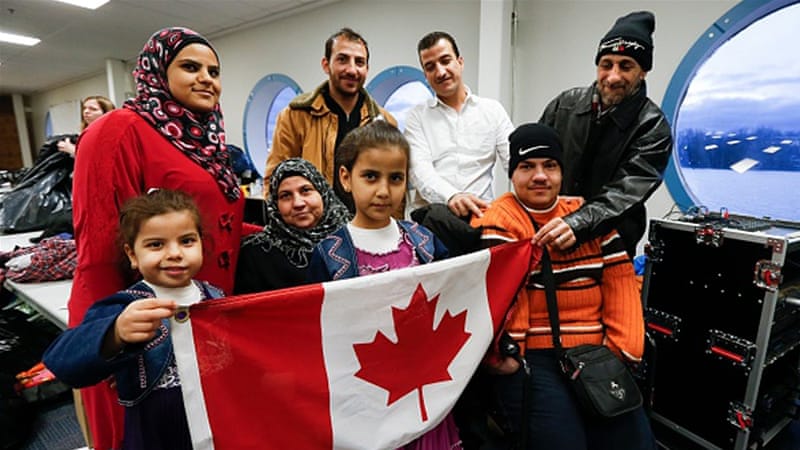
Exploring the challenges for the Refugees in Canada in Accessing its Computerized Infrastructures.
This work builds on a 3 year-long fieldwork with the refugees in Canada, extended observations,and interviews with 26 participants (19 refugees, 4 refugee sponsors, and 3 refugee workers) to illustrate how refugees encounter various challenges in accessing necessary services in Canada through its computerized infrastructures and discuss the challenges entanglement with some of the broader concerns in HCI regarding infrastructure, inclusion, and mobility. Publication:
Dina Sabie and Syed Ishtiaque Ahmed. 2019. Moving into a Technology Land: Exploring the challenges for the Refugees in Canada in Accessing its Computerized Infrastructures. In Proceedings of the 2nd ACM SIGCAS Conference on Computing and Sustainable Societies (COMPASS'19), Accra, Ghana. DOI: https://doi.org/10.1145/3314344.3332481
This work builds on a 3 year-long fieldwork with the refugees in Canada, extended observations,and interviews with 26 participants (19 refugees, 4 refugee sponsors, and 3 refugee workers) to illustrate how refugees encounter various challenges in accessing necessary services in Canada through its computerized infrastructures and discuss the challenges entanglement with some of the broader concerns in HCI regarding infrastructure, inclusion, and mobility. Publication:
Dina Sabie and Syed Ishtiaque Ahmed. 2019. Moving into a Technology Land: Exploring the challenges for the Refugees in Canada in Accessing its Computerized Infrastructures. In Proceedings of the 2nd ACM SIGCAS Conference on Computing and Sustainable Societies (COMPASS'19), Accra, Ghana. DOI: https://doi.org/10.1145/3314344.3332481
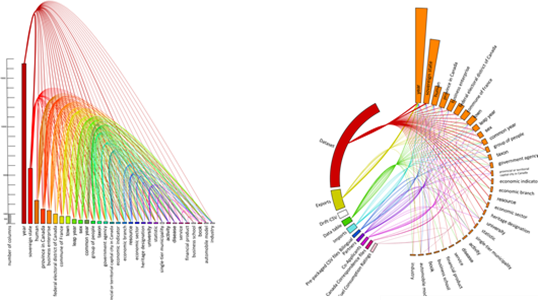
Tagging and Visualization of the Canadian Open Data Tables using Wikidata.
Design an automated annotation system to tag tables in the Canadian Open Data with keywords using classes from Wikidata. The project generated different pieces of visualizations to understand and communicate information about the large amounts of data in the Canadian Open Data.
Design an automated annotation system to tag tables in the Canadian Open Data with keywords using classes from Wikidata. The project generated different pieces of visualizations to understand and communicate information about the large amounts of data in the Canadian Open Data.
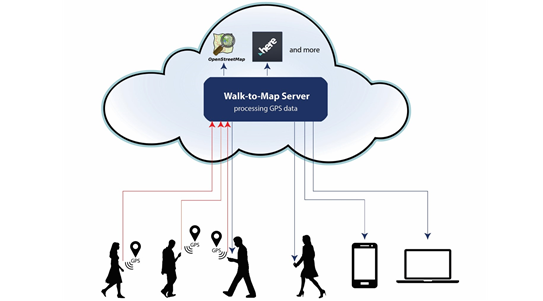
Walk-to-Map: Mapping Urban Components on Digital Maps Using GPS Sensors in Mobile Smartphones.
Motivated by the the problem of lacked digital maps in many parts of the world, the project presents an original software system that collects location data using only GPS (Global Positioning System) sensors in smart phones, and without depending on existing digital map or satellite images, assembles digital map features such as roads, walkways, and buildings outlines.
Motivated by the the problem of lacked digital maps in many parts of the world, the project presents an original software system that collects location data using only GPS (Global Positioning System) sensors in smart phones, and without depending on existing digital map or satellite images, assembles digital map features such as roads, walkways, and buildings outlines.
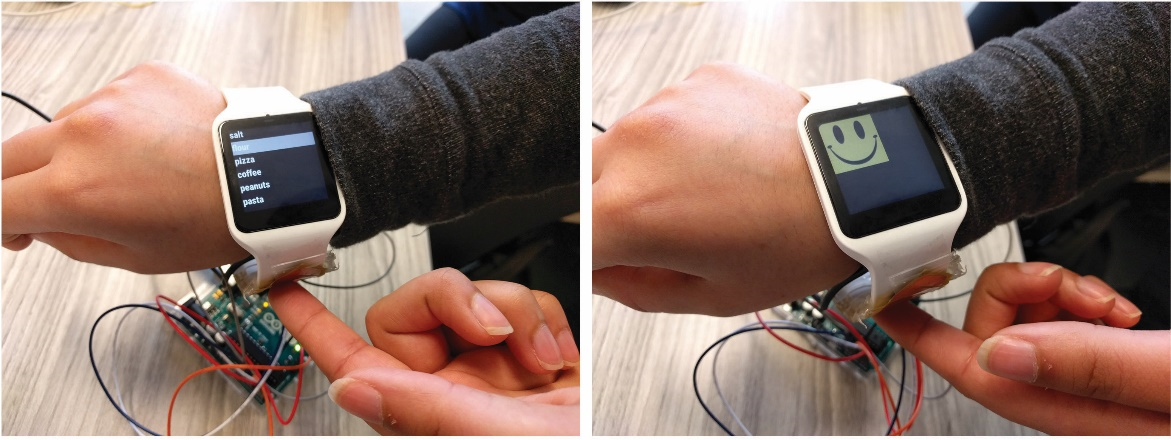
TouchBand: A Pressure-Sensitive Wristband as Input for Smartwatch Scrolling and Zooming.
The project uses sensitive wristband as input method for scrolling and zooming tasks on smartwatches. The experiment is conducted on a prototype of a touch-sensitive wristband to examine if users are more comfortable with using the wristband as an input method for scrolling and zooming and if it can deliver faster scrolling speed and higher zooming accuracy compared to touchscreen.
The project uses sensitive wristband as input method for scrolling and zooming tasks on smartwatches. The experiment is conducted on a prototype of a touch-sensitive wristband to examine if users are more comfortable with using the wristband as an input method for scrolling and zooming and if it can deliver faster scrolling speed and higher zooming accuracy compared to touchscreen.
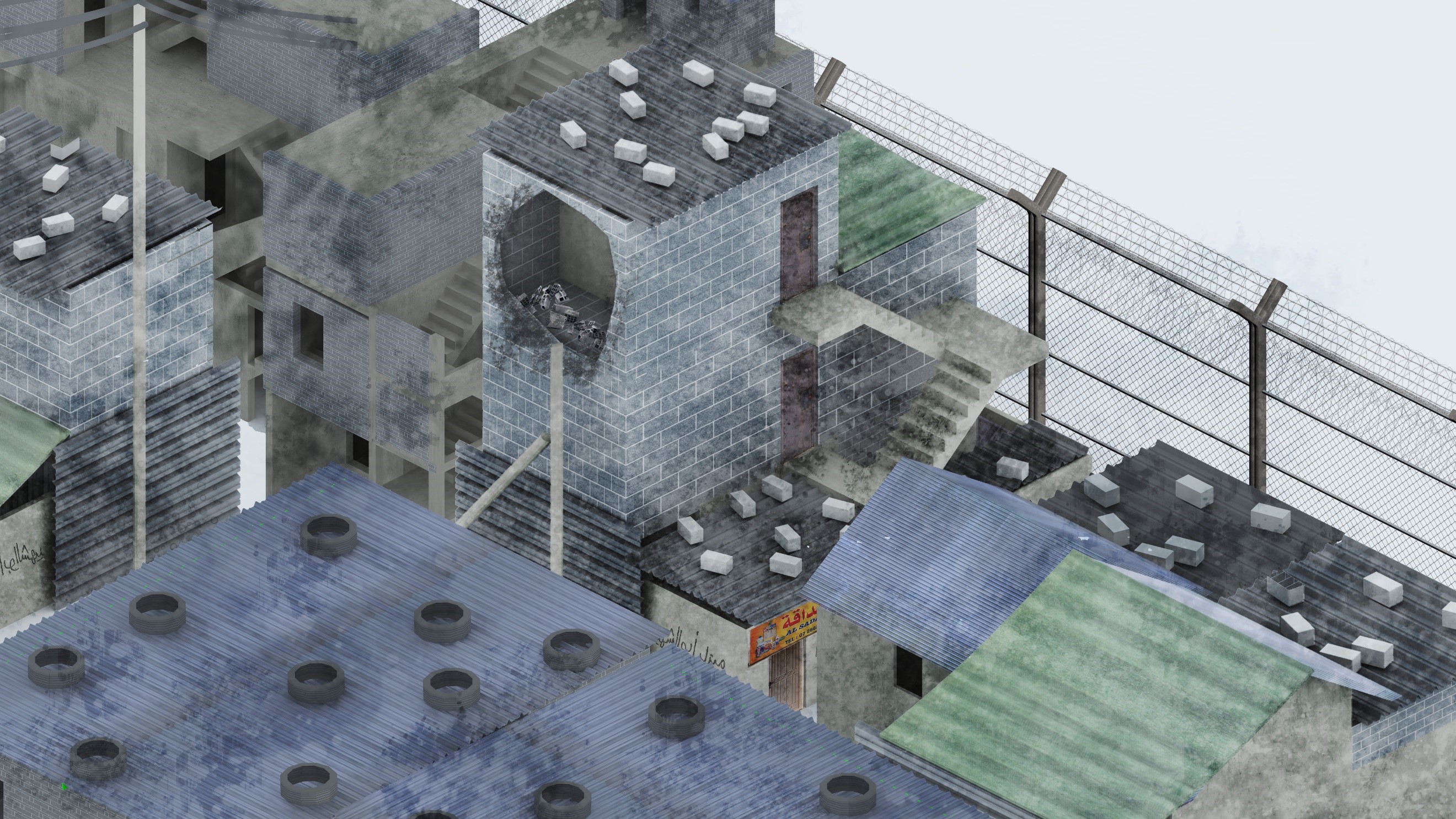
Architecture for Long Term Refugee Relief: a Design and Policy Manual [Middle East Edition].
Building upon the challenges and opportunities discerned from existing Palestinian refugee camps in the region, this thesis delivers a 220 page written framework and a pilot design to equip the UN and other organizations with planning approaches, construction options, and design strategies for establishing new and improved refugee settlements in the region.
Building upon the challenges and opportunities discerned from existing Palestinian refugee camps in the region, this thesis delivers a 220 page written framework and a pilot design to equip the UN and other organizations with planning approaches, construction options, and design strategies for establishing new and improved refugee settlements in the region.
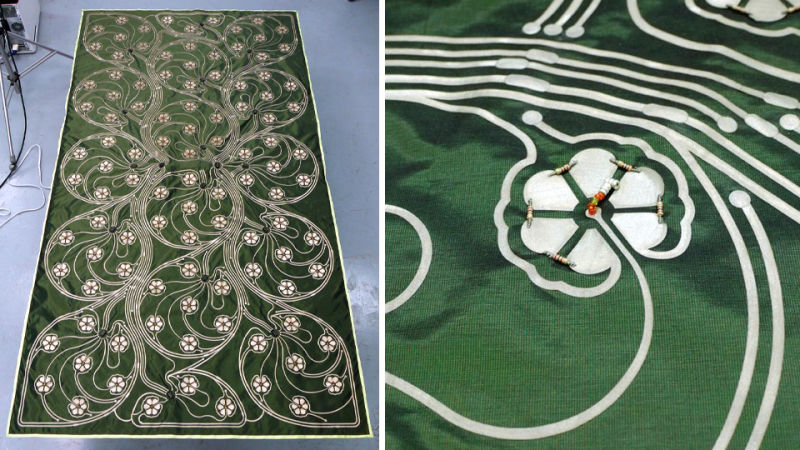
IM Blanky: Self-positioning and representing blanket.
In association with the Occupational Health department at UofT, IM Blanky is a blanket designed as a computational surface capable of detecting motion, creating a 3D digital model of it, and relaying vital signals for clinical analysis.
In association with the Occupational Health department at UofT, IM Blanky is a blanket designed as a computational surface capable of detecting motion, creating a 3D digital model of it, and relaying vital signals for clinical analysis.
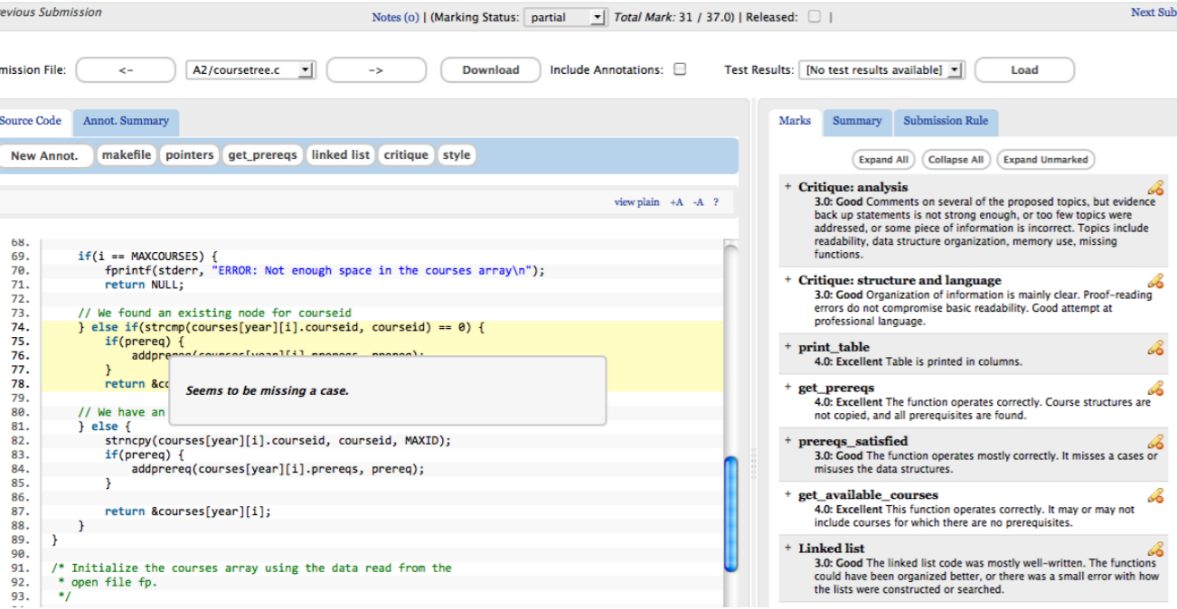
MARKUS - an online marking tool.
MarkUs is an open-source tool which recreates the ease and flexibility of grading assignments with pen on paper, within a web application. It also allows students and instructors to form groups, and collaborate on assignments.
MarkUs is an open-source tool which recreates the ease and flexibility of grading assignments with pen on paper, within a web application. It also allows students and instructors to form groups, and collaborate on assignments.